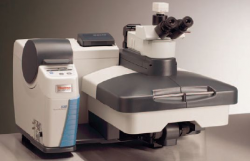
|
DXR Raman
|
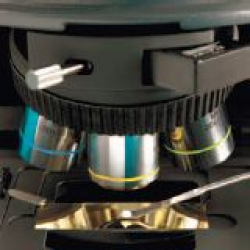
|
Without sample preparation
|
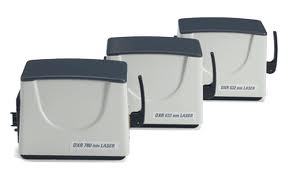
|
532 nm, 780 nm and High power 780 nm lasers
|
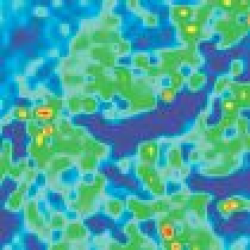
|
chemical mapping (surface, törési felület)
|
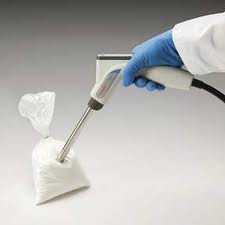
|
Fiber optic probe - 780 nm laser
|
|
Capabilities
-
Characterization and identification of small particles (Olympus microscope2, video camera)
-
High-resolution depth profiling and subsurface analysis on transparent and semi opaque samples. Excellent for characterizing coatings, multi-layer laminates, thin films, inclusions and subsurface defects (1 µm x-y spatial resolution and 2 µm depth resolution) (hot stage: -190ºC +600ºC)
-
Organic and inorganic samples-the wide spectral range with measurements down to 50cm-1 is of particular advantage for inorganics, which typically have bands at low frequencies
-
Molecular morphology characterization-good representation of carbon and silicon molecular backbones provides great differentiation of pharmaceutical and mineral polymorphs as well as differentiation of amorphous and crystalline forms of silicon and different carbon nanomaterials
-
Chemical mapping3: characterization of surface areas and subsurfaces are supported with x-y area maps and x-z maps
-
Measurements through glass and plastic packaging-allows measuring directly through evidence bags, injectable ampules, and protective overcoatings
-
Remote sampling for samples too large to fit under the microscope, with optional fiber-optic probes
-
Lasers, filters, and grating Smart modules all user exchangeable
Recommended for
-
Pharmaceutical–polymorphs, particulate contaminants, and diffusion studies
-
Nanotechnology–characterize graphene, CNTs, DLC coatings and other nanostructures
-
Forensics–trace evidence and illicit drug identification
-
Art Restoration/Conservation–identify and characterize pigments, resins, glazes, and inks
-
Archaeology–characterize horn, shell, bone, and ceramic artifacts
-
Solar–Silicon crystallinity; characterization of photovoltaic materials
-
Polymers–inclusions and gel defects, weathering effects, tie layers in laminates, and crystallinity
-
Failure analysis–characterizing particulates and small features on surfaces
-
Gemology–rapid ID of colored stones, distinguishing natural and synthetic diamonds, characterizing inclusions and adulterants
-
Academic research–useful in material science, biological studies, and many applied research fields
Validation
-
Complete package for DQ/IQ/OQ/PQ validation is available including extensive documentation and automated software protocols
-
Omnic D/S software offers CFR 21 part 11 compliance
Responsible person:
Dr. Péter Sipos Ph.D.
siposp@pharm.u-szeged.hu
Tel.: +36 62 545-577
Fax.: +36 62 545-571
|
![]()
 Instruments
Instruments
 SPECIAL INSTRUMENTS
SPECIAL INSTRUMENTS







